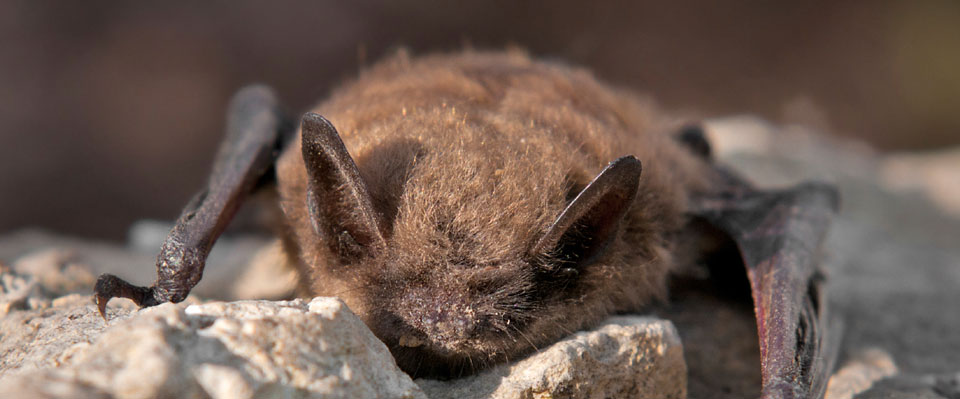-
 Petition: Help CWF get 3 bat species listed
Petition: Help CWF get 3 bat species listedPetition: Help CWF get 3 bat species listed
The Little Brown Bat, along with the Tri-colored Bat and the Northern Myotis are under serious threat.
More
White-nose syndrome (WNS) is a disease caused by the fungus Pseudogymnoascus destructans. This fungus grows on the exposed skin of bats as they hibernate during the winter in caves and mines. The cool temperatures of these hibernating sites allows the fungus to grow and spread throughout the site and on the bats themselves. The disease shows up as a fuzzy white substance on their ears, wings and muzzles. However, this isn’t the only damage this fungus causes. Internally, the bat’s muscle tissues and blood vessels are affected. Sadly, bats end up dying as a result of two things: dehydration since they lose water and electrolytes from their wings; and also starvation as they wake up from hibernation more frequently and end up using their fat reserves which can’t be replaced as flying insects are not available during the dead of winter.
- 0
